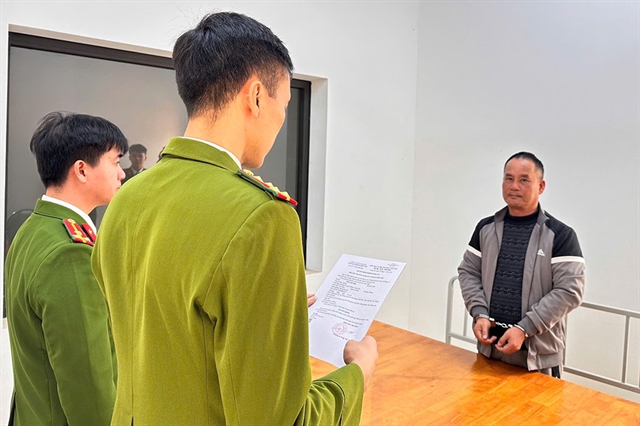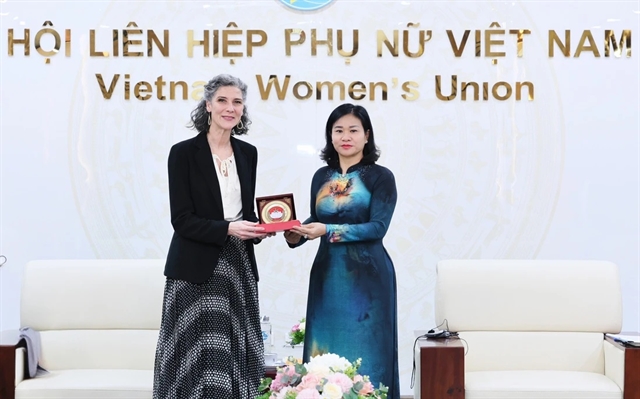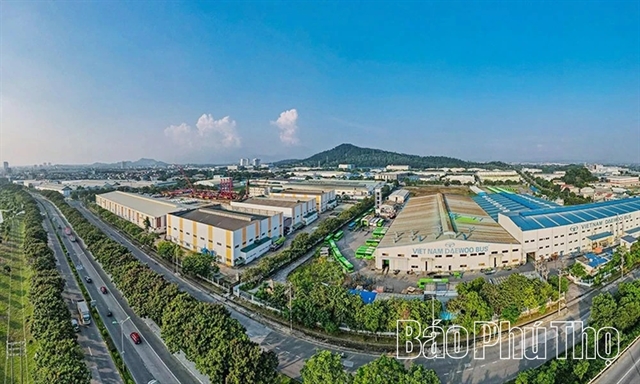 Opinion
Opinion

Deputy Minister of Health Nguyễn Trường Sơn spoke with Vietnam News Agency about Viet Nam’s efforts to fight the novel coronavirus (COVID-19) pandemic, with early detection and prompt quarantine to prevent the disease from spreading two key elements
Deputy Minister of Health Nguyễn Trường Sơn speaks with Vietnam News Agency about Việt Nam’s efforts to fight the novel coronavirus (COVID-19) pandemic, with early detection and prompt quarantine to prevent the disease from spreading two key elements
Could you give us an overview of the fight against the COVID-19 pandemic in Việt Nam?
By Monday, Việt Nam had recorded 61 cases. Of those, 16 have recovered and been discharged from hospital. No deaths have been recorded so far.
The scenario we have been implementing is the same scenario as the National Steering Committee for COVID-19 Prevention and Control has planned for. All medical facilities across the country have been asked to implement the ‘four-on-site’ motto, namely on-site quarantine, on-site treatment, on-site forces and on-site leadership.
If a rapid increase in the number of infected people occurs, patients will be treated at hospitals from grassroots to central levels.
Fortunately, we have an experienced and well-trained grassroots health system and can organise treatment routes across the country.
We are focusing our best human resources and equipment on COVID-19 prevention. The Ministry of Health has formed multiple rapid response teams to deal with infected patients at commune and district levels. Health staff from central hospitals will be mobilised to support them if needed.
For example, when nine cases of COVID-19 were reported in southern Bình Thuận Province, a mobile team from the HCM City-based Chợ Rẫy Hospital was mobilised at night to help treat the patients at the local hospital.
How will the health sector react if a large number of infections are reported in a certain locality?
If a large number of infected patients are found in a locality, the first thing we have to do is to zone it off at different levels. It could be a commune such as Sơn Lôi in northern Vĩnh Phúc Province, a neighbourhood such as Trúc Bạch in Hà Nội, or even a district or a province.
In that scenario, all health human resources will have to participate in the fight against the disease.
In cases where the number of patients is beyond the capacity of the locality, we have very good experience in quarantine as we have done in northern border provinces.
What experience have we gained in the first phase of the pandemic to use in the second phase?
The first lesson applied in this second phase is the ability to detect cases early.
The second is the housing and treatment of patients in health facilities with well-ventilated facilities and no air-conditioners. We take advantage of fresh air or actively ventilate air in patient’s room to help reduce the virus concentration.
We use disinfecting tools in quarantine areas and require personal hygiene, especially in the throats and mouths of patients. We also take measures to improve the resistance and immunity of patients.
In addition, we give treatment on background diseases such as blood pressure, diabetes, kidney failure, even cases of patients whose lung had been previously removed like a patient from Wuhan.
These are valuable lessons for the Việt Nam’s health sector to deal with the epidemic.
What is the message of the ministry to help minimise the spread of the disease in this phase?
Our first advice for people is to follow the instructions and regulations during the epidemic such as restricting travel abroad and social distancing.
People are required to use personal protective measures such as wearing a face mask and washing their hands regularly when taking public transport or in crowded places.
In addition, each citizen has to raise their awareness of protecting the community by reminding family members to follow the rules and instructions. When detecting suspected cases, people should encourage them to go to the nearest medical facilities for timely examination and treatment.
Secondly, there are official sources of information and misleading and contradictory information about epidemic prevention in Việt Nam. We recommend people be very alert and trust official information published by the State's mass media. We guarantee the transparency and accuracy of all information from the National Steering Committee for COVID-19 disease prevention and control to the public.
Thirdly, we recommend all citizens strengthen physical training and personal hygiene to enhance the body's resistance to the disease.
And finally, people need to fill in a medical declaration. Currently, medical declarations are still voluntary. In the past few days, more than 100,000 people have registered for e-medical declarations.
This is a very good database for the health sector to manage people's health during this epidemic. Based on it, the sector will have timely recommendations and actions to identify areas and groups of people at risk for disease and make timely interventions. — VNS




